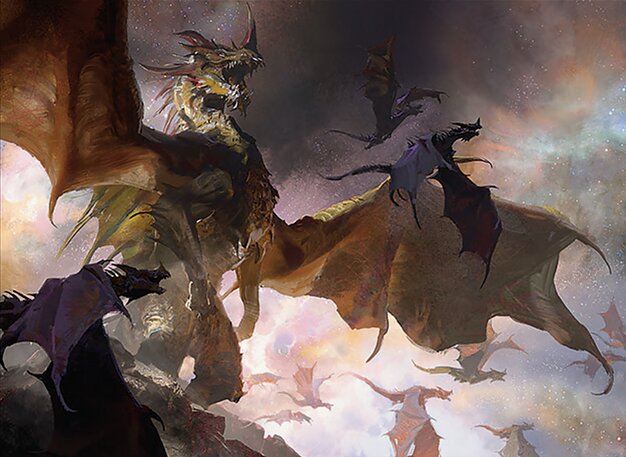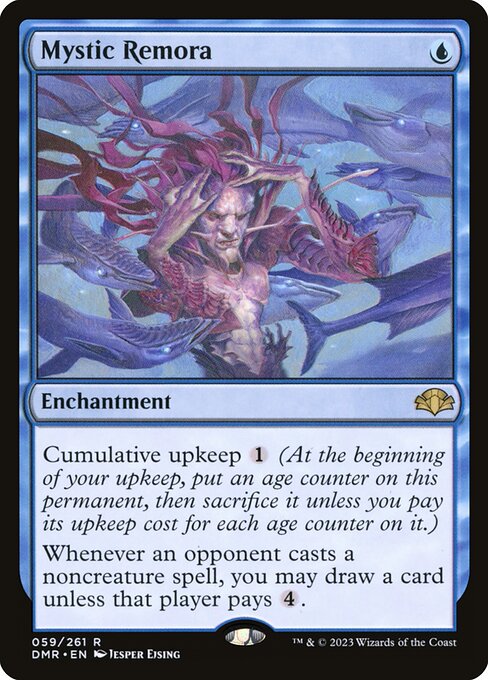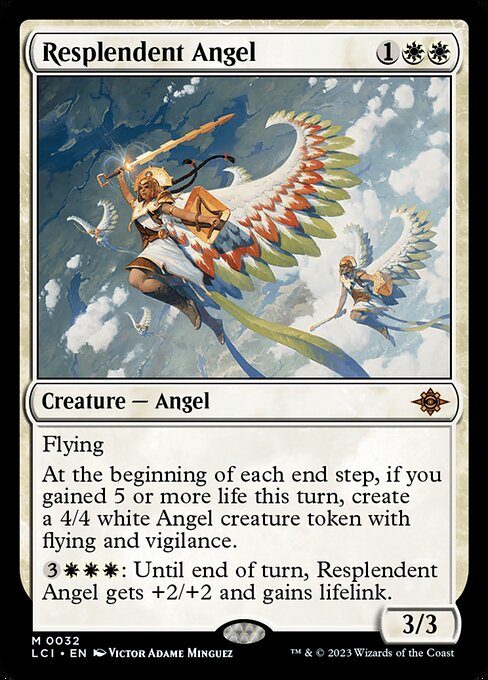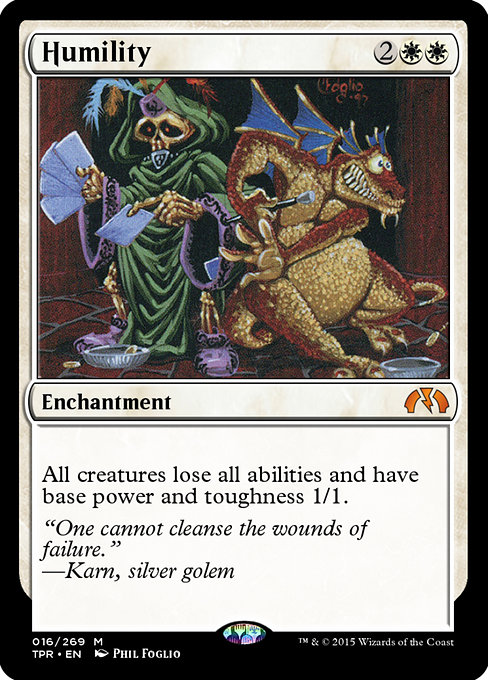Deck & Commander Strategies

Liesa, Shroud of Dusk
Punish opponents for casting spells and leverage life drain and flying angel tokens with lifelink to slowly whittle down opponents' life totals.

Prosper, Tome-Bound
Generate treasure tokens and use exile-based reanimation of demons to control the board, while leveraging card advantage and life-drain combos.

Tuvasa the Sunlit
An enchantress build focused on casting enchantments and assembling combos that capitalize on enchantment synergies to generate card draw and board presence.

The Ur-Dragon
Ramp aggressively into powerful dragons and dragon synergies to dominate the battlefield with large creatures and control elements.
Gameplay Insights
- 1
Prosper’s use of exile as a replacement effect to cast opponent's cards without paying their mana costs created significant tempo advantage.
- 2
The synergy between Sanguine Bonds and life gain from angel tokens was a pivotal life drain engine that pressured opponents heavily.
- 3
Players strategically declined to pay for Mystic Remora triggers to avoid discarding cards, showing risk management in resource allocation.
- 4
Casting Humility at the right moment effectively neutralized large threats and shifted board control.
- 5
Tuvasa’s enchantment-based token generation and life gain combo provided a steady stream of pressure and card advantage.
Notable Cards
-

Mystic Remora
-

Resplendent Angel
-

Humility
-

Dragon's Hoard
Gameplay Summary
The Commander game featured four decks led by Liesa, Shroud of Dusk; Prosper, Tome-Bound; Tuvasa the Sunlit; and The Ur-Dragon.
Early gameplay saw players ramping mana and establishing their board presence with key permanents.
Prosper focused on generating treasure and casting demons by exiling opponents' cards, while Tuvasa played a classic enchantress build aiming to trigger enchantment synergies and combos.
Liesa worked to punish opponents for casting spells, using angels with lifelink and damage-triggering effects to slowly drain life totals.
The Ur-Dragon player aimed to cast powerful dragons and leverage dragon synergy effects to control the battlefield and apply pressure. Midgame turning points included Prosper successfully reanimating creatures and generating treasure tokens with Blood Cracker, alongside casting impactful demons.
Tuvasa and Liesa built up life gain engines and token swarms, with Liesa’s Resplendent Angel creating flying angel tokens that synergized with life gain to further pressure opponents.
A crucial moment occurred when Prosper cast Sanguine Bonds, turning life gain into life loss and pairing it with Liesa’s angel tokens to drain opponents quickly.
The game featured key interactions such as countering or refusing to pay for Mystic Remora triggers, the strategic use of Humility to neutralize large threats, and Prosper’s tactical use of reanimation and exile effects.
The game progressed as players attacked and traded resources, with the life drain combos and board control shaping the endgame dynamics.

































![Commander VS S13E3: Skullbriar vs Niv-Mizzet vs Tuvasa vs Etrata [EDH] thumbnail](https://i.ytimg.com/vi/5EGIlbpfVkE/sddefault.jpg)







